The pogroms of 1096: Speyer, Worms, and Mainz
The year 1096 marked one of the earliest and most devastating instances of anti-Jewish violence in Western Europe, as Jewish communities in Speyer, Worms, and Mainz suffered brutal massacres. These events, collectively known as the Rhineland Massacres, occurred during the so-called People’s Crusade, a precursor to the First Crusade. The attacks exposed the intersection of religious fanaticism, socio-economic tensions, and scapegoating that would shape centuries of anti-Semitism in Christian Europe.

Siege and Capture of Jerusalem in 1099, which marked the “successful” end of the First Crusade, whose objective was the recovery of the city of Jerusalem and the Church of the Holy Sepulchre from Islamic control. After Jerusalem was captured on 15 July 1099, thousands of Muslims and Jews were massacred by Crusader soldiers. As the Crusaders secured control over the Temple Mount, revered as the site of the two destroyed Jewish Temples, they also seized Al-Aqsa Mosque and the Dome of the Rock and repurposed them as Christian shrines. Godfrey of Bouillon, prominent among the Crusader leadership, was elected as the first ruler of Jerusalem. Source: Wikimedia Commonsꜛ (license: public domain)
The call for the First Crusade
In 1095, Pope Urban II convened the Council of Clermont, calling upon Christians to reclaim the Holy Land from Muslim control. While this call was primarily directed at knights and nobles, it also inspired a mass movement among the peasantry, known as the People’s Crusade. This loosely organized and undisciplined force lacked resources and leadership, making it susceptible to radicalization, fueled by apocalyptic fervor and millenarian expectations.

Peter the Hermit preaching the First Crusade, as cited in the 1851 “Illustrated London Reading Book”. Source: Wikimedia Commonsꜛ (license: public domain)
Some Crusaders interpreted their mission as a campaign not only against Muslims in the Holy Land but also against perceived enemies of Christendom closer to home — particularly Jewish communities. This ideology set the stage for the massacres in the Rhineland.
The pogroms: A wave of violence across the Rhineland
Speyer: The first attack
On May 3, 1096, the Jewish community of Speyer was targeted by Crusaders. However, due to the intervention of Bishop John of Speyer, many Jews found refuge within his palace. Despite his efforts, twelve Jews were murdered, and the community suffered significant trauma.
Worms: Escalating brutality
The violence intensified in Worms just weeks later. Crusaders, aided by local townspeople, slaughtered hundreds of Jewish men, women, and children. As in later attacks, many Jews took their own lives rather than face forced conversion or brutal execution. Despite the efforts of the local bishop to protect them, the scale of the massacre was devastating.

The Old Synagogue in Worms. Source: Wikimedia Commonsꜛ (license: CC BY-SA 3.0)
Mainz: The culmination of the massacres
The Jewish community in Mainz, one of the largest and most prominent in the region, became the focal point of the violence. In May 1096, Crusaders led by Count Emicho of Flonheim stormed the city. Archbishop Ruthard attempted to protect the Jewish population by sheltering them in his palace, but the attackers overwhelmed these defenses. Over a thousand Jews were massacred, with many choosing suicide over falling into the hands of the Crusaders. Eyewitness accounts recorded in Hebrew chronicles detail the horrors endured by the community, which was effectively annihilated.
Religious and social motivations
The Crusaders justified their actions through a distorted interpretation of Christian theology, arguing that fighting non-Christians in the Holy Land was hypocritical while allowing Jews — whom medieval doctrine labeled as “Christ-killers” — to live freely in Europe.
Economic envy also played a significant role. Jewish communities were often involved in trade and finance, leading to resentment among poorer Christians. The Crusades provided a convenient justification for this hostility, cloaked in religious fervor.
The impact of the 1096 pogroms
The pogroms of 1096 had far-reaching consequences for the Jewish communities of the Rhineland, Christian society, and the broader history of anti-Semitism in Europe.
For Jewish communities
The massacres of 1096 led to an overwhelming loss of life and the destruction of Jewish culture in the Rhineland. Thriving centers of scholarship and religious life were erased, leaving a profound void in the region. Jewish chroniclers sought to make sense of the tragedy, often interpreting it as an act of martyrdom, fitting it within a theological framework of suffering and divine testing. The trauma of these events also led to widespread migration, as survivors fled to other parts of Europe and the Middle East. This dispersal caused significant shifts in Jewish settlement patterns and the development of new cultural hubs.
For Christian society
The Rhineland massacres set a dangerous precedent for future violence against Jewish communities in medieval Europe, embedding anti-Semitism into European Christian culture. The inability or unwillingness of Church authorities to prevent or condemn these acts revealed a contradiction between the ideals preached by Christian doctrine and the reality of its followers’ actions. This moral and institutional failure weakened the credibility of Christian leadership and reinforced long-standing tensions between religious groups.
Conclusion
The Rhineland massacres were an ominous sign of the systemic persecution that would follow in medieval Europe. They illustrate how Christian religious fanaticism, economic resentment, and social instability coalesced into violent oppression of a minority group. The events of 1096 underscore the contradictions within Christian doctrine, that defined Christianity from its very beginning: while the teachings of Jesus emphasized compassion and non-violence, the Crusaders acted in stark opposition to these principles, sanctioned by a distorted interpretation of their faith and ecclesiastical authority. The legacy of the Rhineland massacres would cast a long shadow over the relationship between Christians and Jews in Europe, shaping centuries of religious conflict and intolerance.

“Holy Sand”, the historic Jewish cemetery in Worms. Source: Wikimedia Commonsꜛ (license: CC BY-SA 3.0)
References and further reading
- Karlheinz Deschner, Kriminalgeschichte des Christentums: Bd. 6 11. und 12. Jahrhundert: Von Kaiser Heinrich II., dem “Heiligen” (1002), bis zum Ende des Dritten Kreuzzugs (1192) (1986)s, 1986, Rowohlt, ISBN: 9783498013097
- Eva Haverkamp, Hebräische Berichte über Judenverfolgungen während des Ersten Kreuzzuges, 2006, Hahnsche Buchhandlung, ISBN 3-7752-1301-5
- Katz, Steven (ed.), The Cambridge Companion to Antisemitism, 2022, Cambridge University Press, ISBN: 978-1108714525
- Moore, R. I., The Formation of a Persecuting Society: Power and Deviance in Western Europe, 950–1250, 2006, Wiley-Blackwell, ISBN: 978-1405129640
- Nirenberg, David, Anti-Judaism: The Western Tradition, 2018, Head of Zeus, ISBN: 978-1789541168
- Kenneth Stow, Alienated Minority: The Jews of Medieval Latin Europe, 1993, Harvard University Press, ISBN: 978-0674015920
- Anna Sapir Abulafia, Christian-Jewish Relations, 1000-1300: Jews in the Service of Medieval Christendom, 2024, Routledge, ISBN: 978-0367552237
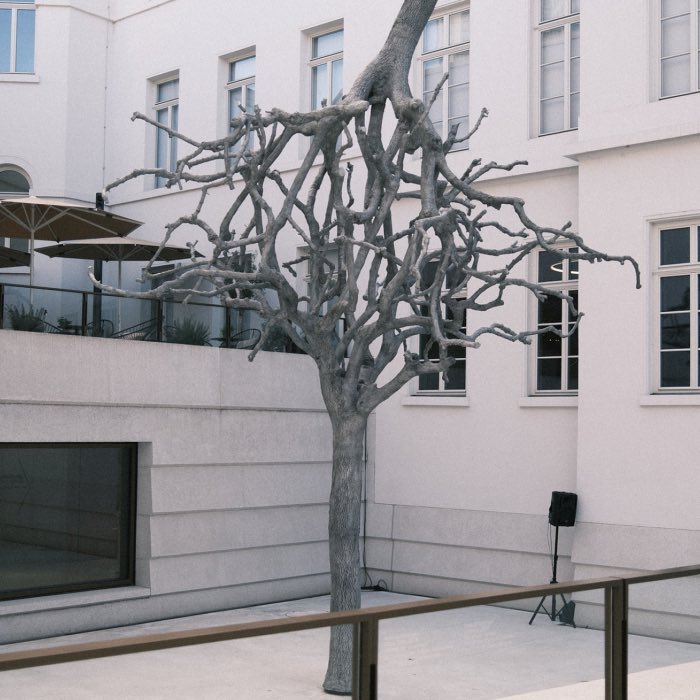
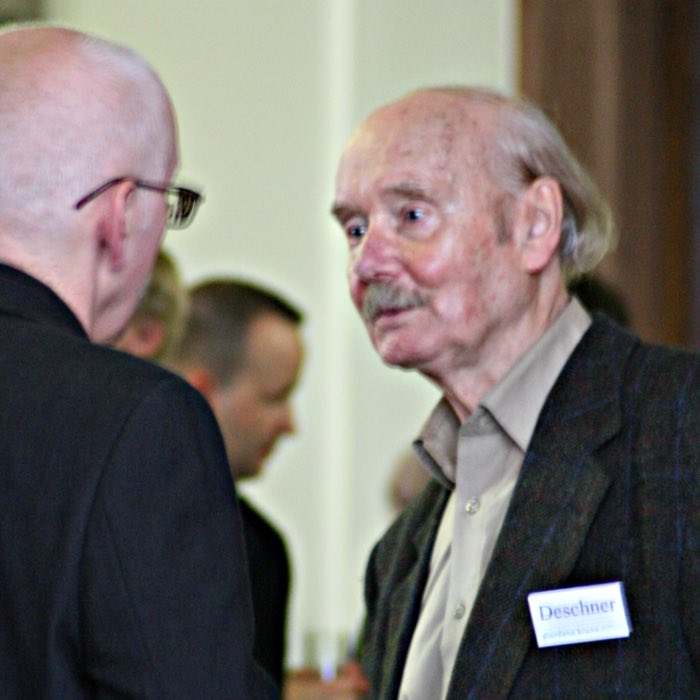
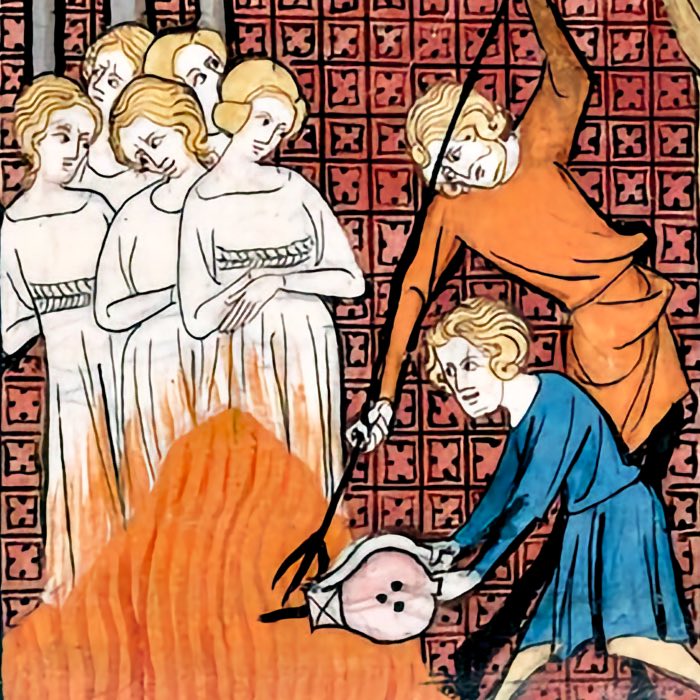
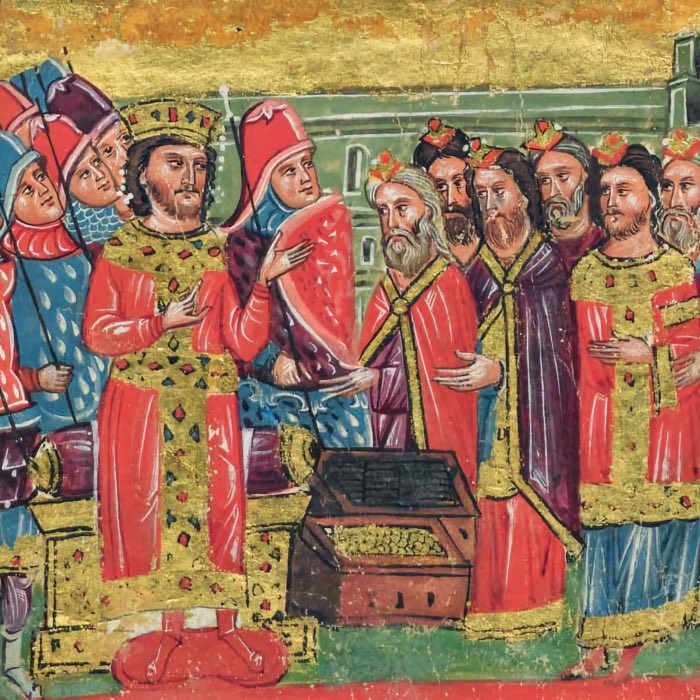
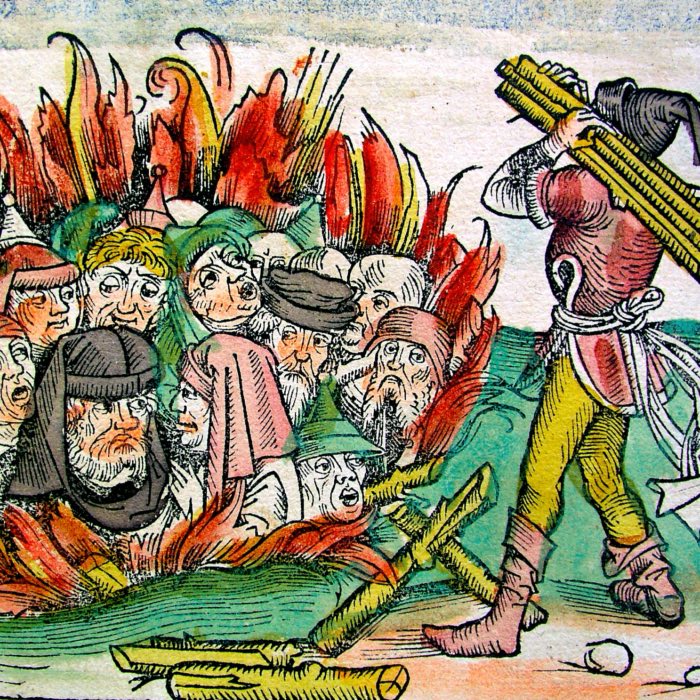

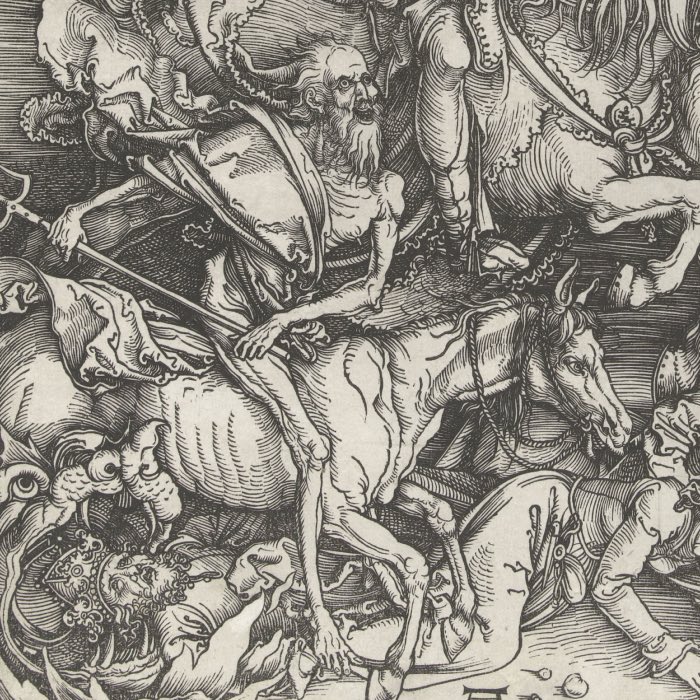

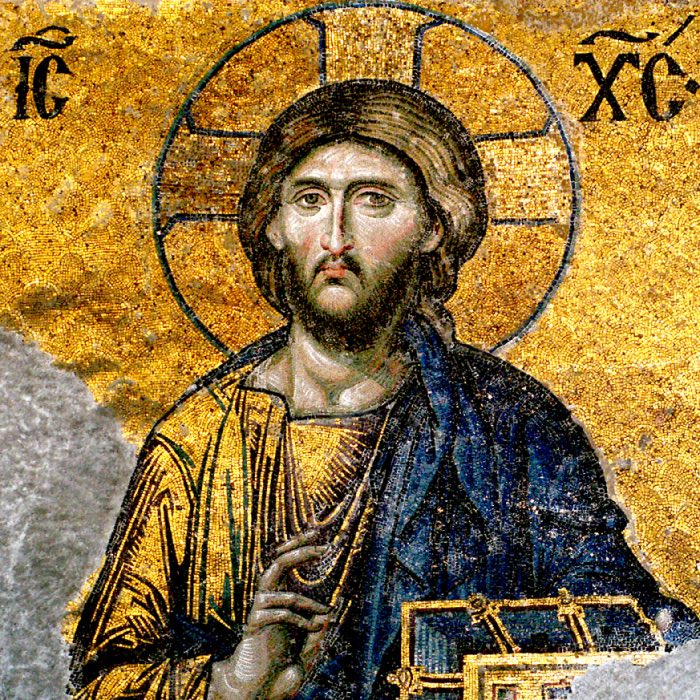
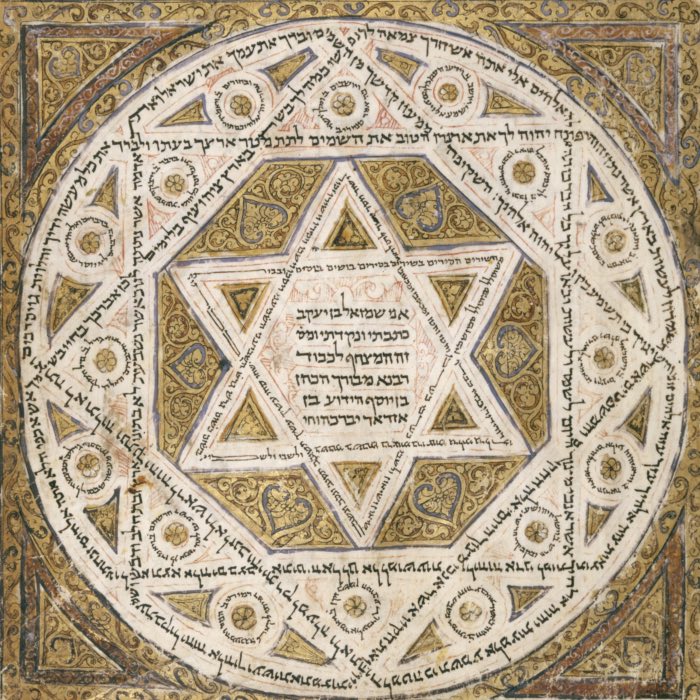


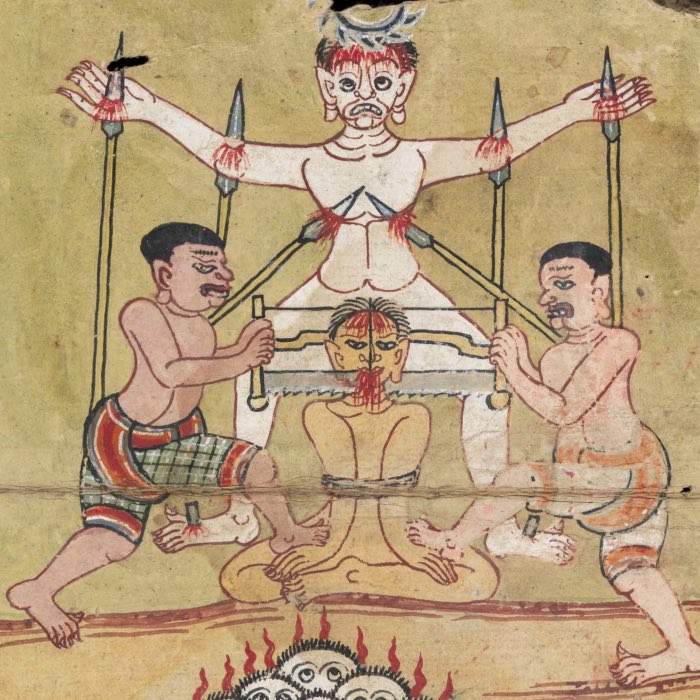

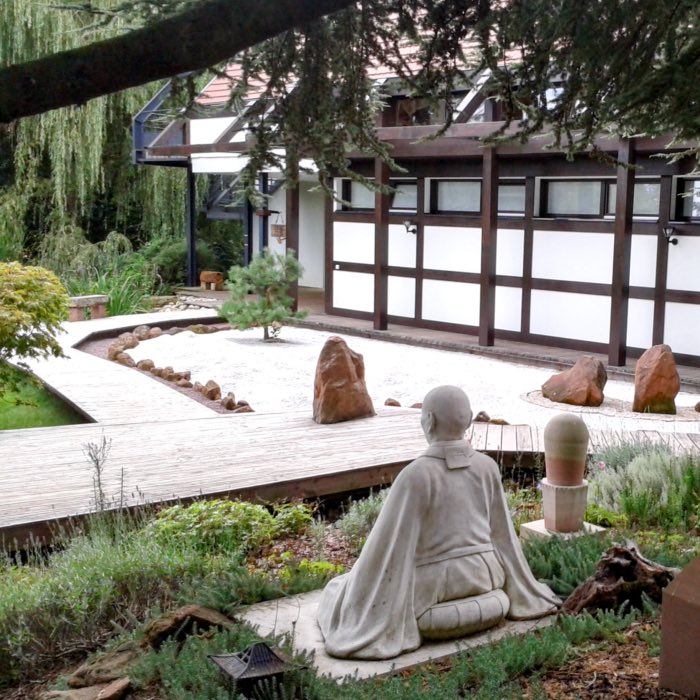
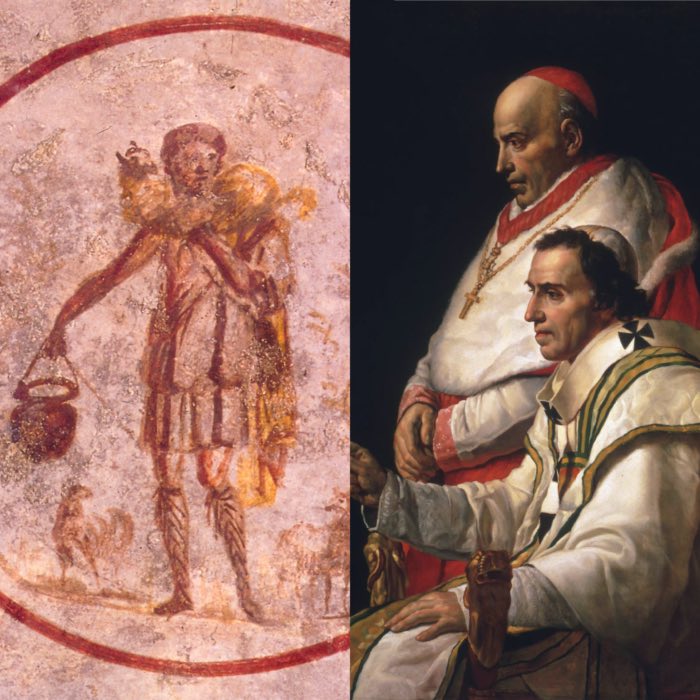
comments